Doc's Blog!
What I’ve Learned from 15 Years of Composting. Tips and Tricks, and More!
Life is hard…
…and for me, one of life’s most arduous challenges has been getting a large family of children somewhere…anywhere on time. It’s shoes, it’s coats, it’s hair. The complexities are enough to overwhelm the cleverest of time managers. After years of travail, Patrick and I found the perfect solution to finally arriving at church, or at a recital, or any other time sensitive event on time! You simply say six short words to the straggling children
“Last one ready turns the compost!”
Oh, yes. Compost is magical stuff. Not only does it motivate children, but it grows spectacular garden plants! There’s lots of information in the world about making garden compost and an overwhelming large number of opinions of how to do it (not to mention the overabundance of advice on how to raise children). I am going to share with you how we make compost. This might not be the best, most technical, or even the easiest way, but it is a method we have used for the last 15 years. This composting method is fast and warm!
When the Good Lord created the earth, he devised a means to clear his new world of organic waste; he cleverly created bacteria. Making these tiny creatures happy is the secret to a successful compost pile. They need three M’s: mulch, moisture and moving.
Mulch
The ingredients that go into a compost pile need to be small, so the bacteria have as much surface area as possible to work their magic. Nothing in life is ever perfect, but if you aimed for compost particles no bigger than 1 inch, that would be ideal. So, chop, chop, chop the ingredients into mulch.
Moisture
As you are creating your compost pile, sprinkle the ingredients with water. Think moist, not wet. The bacteria must have moisture to survive, but too much will drown the aerobic helpers and you will end up with stinky anaerobic bacteria who are way less efficient at decomposing your pile’s ingredients.
Moving
By moving, I mean that the pile needs to be turned. Turning the compost pile is the secret to motivating children. When it’s 5 minutes before you need to leave for an event, loudly mention the compost pile that needs to be turned. Seemingly without effort on your part, the children will assemble themselves shod, brushed, and ready to go! Our kids are all raised, but I personally would rather exert myself turning a compost pile than spending 30 minutes on my stair-stepping torture (I mean “exercise”) machine. Turning the pile lets you make sure the ingredients are moist enough. So, sprinkle if needed. Turning also aerates the pile to encourage aerobic bacteria to dominate.
It is possible to begin and end a compost pile in six weeks. The result is rich, dark, nutrient rich compost that smells like the sweet earth. Here’s how it is done:
- Assemble your pile
- On day 3, turn the pile
- On day 6 turn the pile
- At two, three, four and five weeks turn the pile
The first two times the pile gets moved (on day 3 and 6), distant neighbors get to share the experience. Stinky! And steamy warm! However, after a week, the pile begins to smell fresh, clean and earthy…if the pile has the right amount of moisture and plenty of oxygenation from frequent moving. After about two weeks, the pile will have cooled.
If you turn the pile more frequently than this, it will “cook” faster. If you turn it every day, it may be ready in two weeks! This is a method for REALLY naughty children.
Assembling the pile
In past years we worked 30 4X4 raised bed gardens. Each square foot needed a scoop of compost to recharge the soil. Every spring we made two 6-foot in diameter piles that were about 3 feet tall. We built the pile in a round livestock trough without a bottom that could be separated into two pieces. When the “tardy” child moved the compost pile, he or she would pull half of the trough over three or four feet and then used a shovel or close-tined fork to move the pile toward the new spot.
Ingredients of compost piles have two colors: brown and green. In the very most simple terms, a compost pile needs carbon and nitrogen. Brown is carbon. Green is nitrogen. Examples of “brown” carbon are cardboard, newspaper, dry grass, straw, last year’s garden waste, or sawdust. Examples of “green” ingredients are manure, green plant waste, kitchen waste, or alfalfa hay. When you assemble your pile, lay several inches of green ingredients, then several inches of brown ingredients. Layer brown, green, brown, green, until the pile is tall enough to suit you. Sprinkle every layer with water. Remember: moist not wet.
There’s a plethora of complicated science you could research and confuse yourself with in regard to composting, but simplify your life and remember the 3 M’s, two colors, and a great way to motivate children.
A few more tips:
Between turnings, keep the pile covered with a tarp or something. This prevents drying and dilution of nutrients by rainfall.
Dry the grass before incorporating it into the pile.
Leaves need to be aged. Use “leaf mold” not whole leaves.
Manure needs to be dried/aged as well. Otherwise it’ll be too hot for the compost pile.
Don’t use manure from carnivores, just herbivores.
Make sure any wood chips or sawdust used were not treated with chemicals.
In general, the more variation in ingredients, especially the “green” ones, the more nutrient dense the compost will be
Sometimes, if you go out to the garden with your child and help turn the pile, lovely and important conversations happen.
Do You have any specific techniques or composting tips to share? Let me know in the comments down below 🙂
Dr. LoriAnn Jones
Doctor Of Naturopathic Medicine, Practicing Midwife, Clinical Herbalist, and Avid Gardener
Join our online program to learn more about natural health, herbal medicines and more! Learn More!
Watch Our YouTube Video on Comfrey Composting!
Subscribe To Our YouTube Channel for More Amazing Free Content!
Did you know we’re doing some live herbal learning events in-person this spring? Check it out HERE



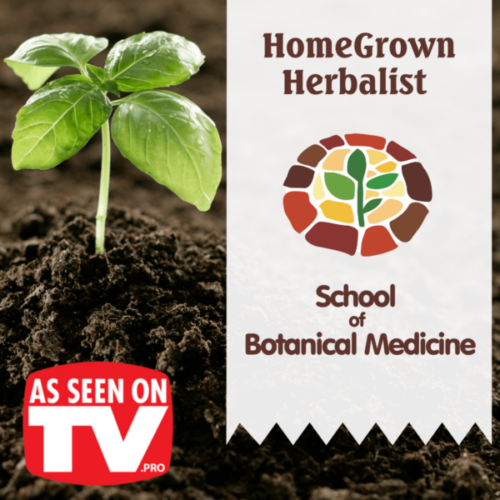
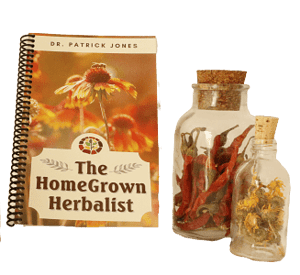

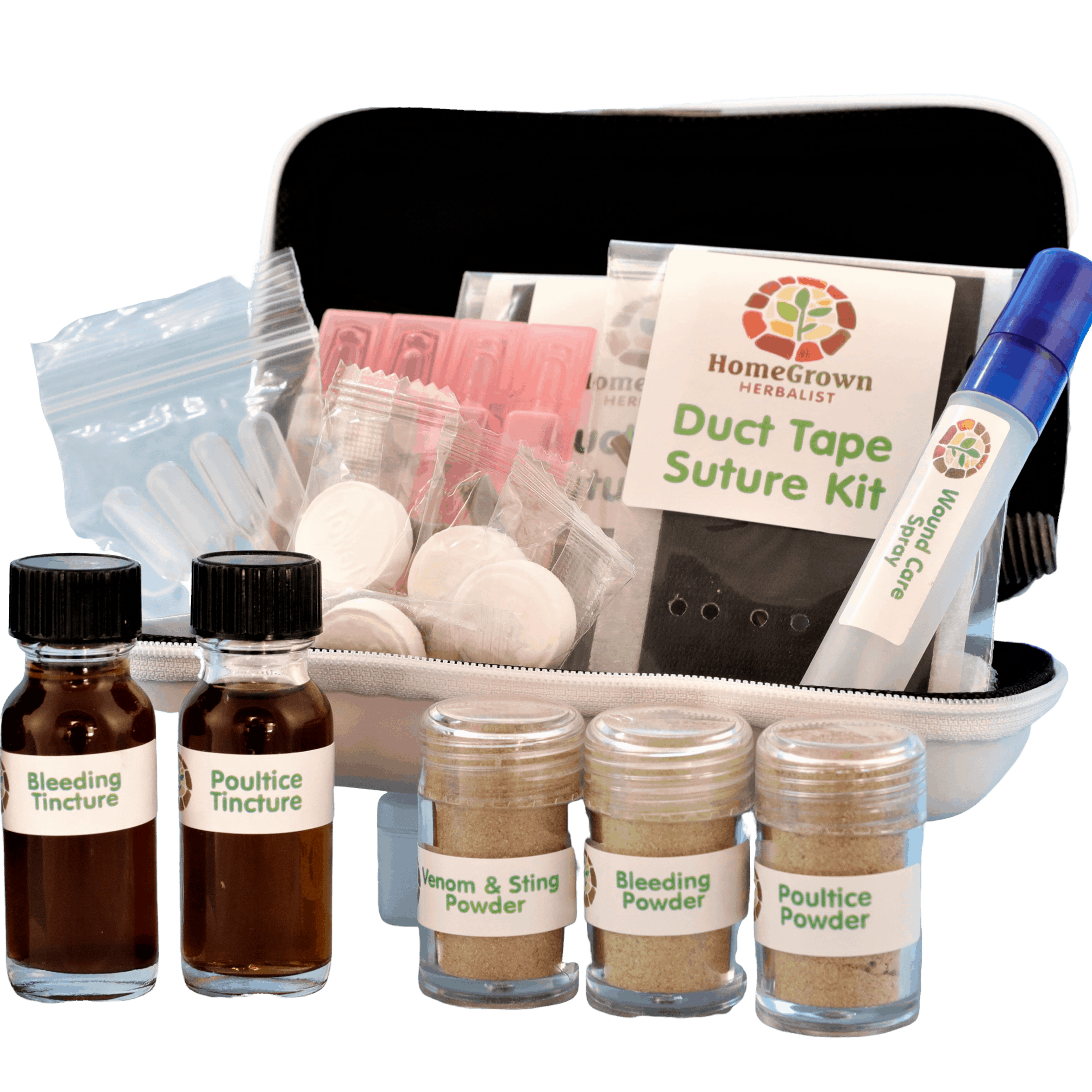
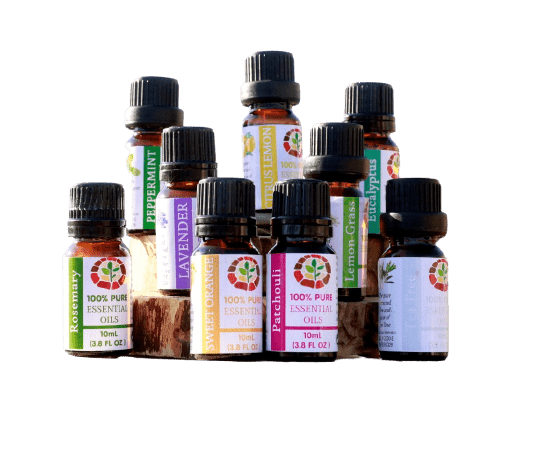


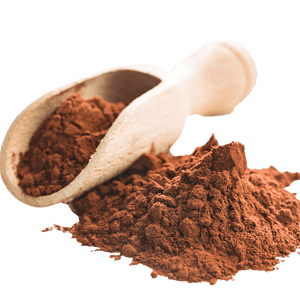
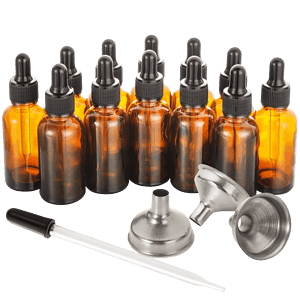


Cow manure needs to go through this process before use. It’s too hot otherwise. That’s why I scout out people in the neighborhood feed store buying rabbit pellets. My garden thinks rabbit poo is nectar of the gardening gods. Great post!
Yup. Make sure it’s well dried/aged. We’ve used lots of rabbit poo too. We had a big rabbit breeder down the street for years. We’ve also used fish poop from local fish farmers and llama manure from another neighbor. And, of course, we’re surrounded by dairies. In other words, manure has never been in short supply. :0)
I have six bins and turn them down the line every week or two, depending on how much time I have. By the time everything gets to #6, it’s pretty well broken down, and anything that isn’t just gets tossed back to a lower pile. I have the kids dump guinea pig shavings, chicken straw, grass, and kitchen scraps in pile #1, which usually gets filled up pretty fast. We have a lot of kids too ( only 11 though) and I never stressed much about wasted food. I just told them that whatever they didn’t eat now, they would be eating next summer when the garden grew from it 🙂
LOL. So does that make the kids more likely or less likely to eat their veggies? :0)
Great to see the Mrs. and I’m looking forward to hearing more garden wisdom from her 🙂 It’s nice to get a glimpse of the new homestead in your videos, I’ve been curious to see how quickly you all could get things established after your move. – Maybe you could give us a garden tour when things are rolling a little better in the summer?
I’ll be doing a lot of garden documentation this spring as well.
Have followed Doc for some time now. Great article on composting. Will try to follow these ideas this year.
It’s sure good for your plants. :0)
Loved it thank you so much
Glad you enjoyed it.
Thank you so very much
Yer welcome. :0)
So helpful!! Although I was doing what a youtuber told me to do…It was taking MONTHS to see the results! Turning more often is my new goal!
Yeah. There are several ways to make compost. More movement makes for faster results.
Thanks to both of you for all this info packed into a short video. Great to hear Lori’s wisdom and voice, and to see the two of you together in your garden.
I live in SF, CA, and have an old Factory Farm three tier plastic worm bin that uses up all my husbands and my vegetable scraps and churns out the compost at about a layer a month. We are only a family of 2, but we do eat (and clean/trim ) lots of vegetables..
I have a cold compost pile, but not room for a large warm one. I clip my healthy plants (either CA natives or medicinal herbs) and use the clippings to mulch the pathways and beds. I live 28 short blocks from the Pacific, so my soil is pure sand. I wish I could make several large piles and work it the way you have shown here…It would make it possible to grow almost anything in this small yard
Thank you again for the education you share. I hope to glean much more information from Lori, too…I sure appreciate great gardeners!
I’ve been meaning forever to get a worm bed going. I think I’ll do that right away.
I need to get back to composting. We used to do it, then our pile began to attract rodents, so we stopped (and I squealed a little!). We’ve since bought land adjoining our original land and I would like to build a 3 bin system, complete with wire screen lining it to discourage furry visitors making a home in it. We’ve got a big garden and a homemade polytunnel on that land now, so the compost bins would be to hand.
I was so glad to “meet” your lovely wife! She seems so nice and I know that she’s knowledgeable, too. My daughter in law gave birth to our second granddaughter in March and is using the HGH tincture for lactation with great success!
I’d love to see more gardening videos from you guys and lessons on maternal care would be great as well!
God bless!
We’re going to be doing lots more gardening videos. :0)
What an informative, well written, and lovely article, Dr. Lori! I love your intro! So happy to see the two of you! I’ve wanted to compost for many years, this article gives me hope and ideas! In the meantime, my comfrey is going to be added to my garden for nutrients! I loved the YouTube video you did on this topic, also!
Be sure to get the Russian (Bocking-14) Comfrey. The other stuff is naughty and will take over your garden.
Hi Doc Jones,I have been following you for yrs., so happy to meet Dr.Lori, Hope to see/hear her more.
She just retired as a midwife and is now working full-time for us here at HomeGrown. She’s going to produce some amazing content. She just finished a wonderful research project on herbs and pregnancy (who’s safe and who ain’t). We’ll be writing a lesson on that for the school in the coming weeks so that students will be able to get all of that info in one place instead of scouring all the modules when they have that question.
I’ll be doing a lot of garden documentation this spring as well.
Thank you for the informative article. Maybe now I will get motivated to do some composting. I am glad to find out that the comfrey that I was gifted with several years ago was the Russian Comfrey and not the officianalis since it very nicely has stayed within the 4×4 bed that I planted it in and the large pot on my deck. The flowers are beautiful and the hummingbirds and bees love them too!
Yup. Must be the Russian if it’s that well behaved. LOL
Hi Dr.!
I just found out about your website a couple months ago & am enjoying it very much! In fact, I want to sign up for your class in Herbalism asap! I’ve always been interested in learning these things but never found anything like your class, until now. I ordered your venom & sting kit for a friend who almost died from a bee sting. Then I ordered a pain kit & a 10 Things That Will Change Your Life kit for myself. Now for my big problem: I have Shingles on the right side of my face, including my right eye, which is causing me a lot of trouble. My Dr. wants me to start a new eye protocol called “OXERVATE”. I’ve been told I could go blind without it. It costs about $100,000, out of pocket. I read or heard you say that Lemon Balm can help with this herpes type virus. I’ve been putting lemon balm spray & also lemon balm oil above my right eyebrow, which seems to be helping. Especially with the itching!
My question to you is: Will taking lemon balm internally help at all? (Regarding OXERVATE…The only reason I may have to pay for it out of pocket is because I just sold some property. I’m on a small teacher’s pension & would qualify for free OXERVATE, except for the profit I made from my property sale. I’m not expecting you yo help me work a miracle. I just wondered if there was something else I could do to help me with this problem.
Thank you so much for a place to learn about all the things I’ve been wanting to learn about for so many years! I can’t wait to start your class!
I’d have a look at these two:
Immunity Support: https://homegrownherbalist.net/?s=immunity+support&post_type=product&title=1&excerpt=1&content=1&categories=1&attributes=1&tags=1&sku=1&orderby=date-DESC&ixwps=1
INFXN-HRPEZE: https://homegrownherbalist.net/?s=hrpeze&post_type=product&title=1&excerpt=1&content=1&categories=1&attributes=1&tags=1&sku=1&orderby=date-DESC&ixwps=1